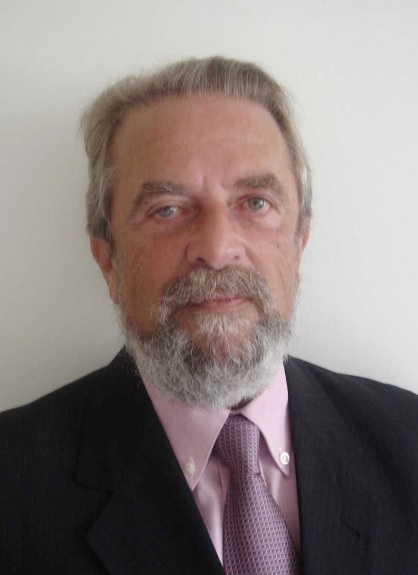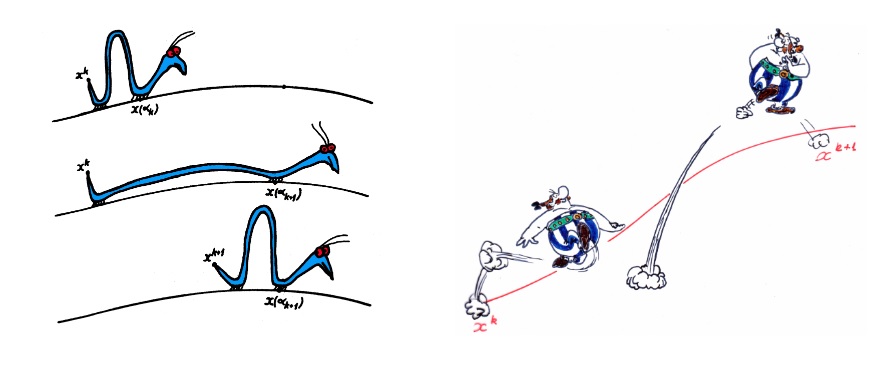Prof. Clóvis Caesar Gonzaga in the IFORS' Operational Research Hall of Fame
Prof. Clóvis Caesar Gonzaga (1944-2021) joins the IFORS’ Operational Research Hall of Fame, as recommended by Prof. Nelson Maculan.
Born in Lages-SC, Clóvis Caesar studied Electronic Engineering at ITA (1967), master's degree (1970) and doctorate (1973) in Systems and Computing Engineering at COPPE/UFRJ, and a postdoctoral degree at the University of California Berkeley.
He was a professor at COPPE (1970-1994), having been one of the founders of the PESC. He was also a professor at the University of California Berkeley (1985-1987), at INRIA (1992-1993), at Delft University of Technology (1993-1994) and Full Professor at UFSC (1995-2013).
His seminal result, published with the title “An algorithm for solving linear programming problems in O(n3L) operations", remains until today, 30 years later, the best complexity limit when solving linear optimization problems. With his remarkable talent, Clóvis put Brazil on the map of the international optimization community.
He soon became one of the world's leading experts in the field of continuous optimization, with an interest in fundamental problems of nonlinear programming. His work on augmented Lagrangians, filter methods, and more recently on convex programming are yet another example of Clovis's minimalist and elegant style in Mathematics. He always strived for clarity and conciseness, basing his explanations on geometric, rather than analytic or algebraic, arguments.
He could spend a night awake, pondering and ruminating, to produce a clear crystal drawing that would synthesize the essence of his message. As an example we have the figure below in wich he used to describe the path following iterations along the central path, as well as the happy jumping Obelix that illustrated the variant with long steps.
The legacy of Clovis to the optimization community is enormous, particularly in Brazil. His PhD students were taught that a researcher should look for trees that would bear a lot of fruit, and not just pick leftover fruit from trees that had already been harvested.
This permanent search for creativity and excellence was Clóvis Gonzaga's trademark. He will be greatly missed but not forgotten as his teaching and attitude towards research lives on with his colleagues, friends and students.

Clovis Gonzaga illustration of short steps (left) and large steps (right) in a path following interior point method:

Published on 04/20/2023



